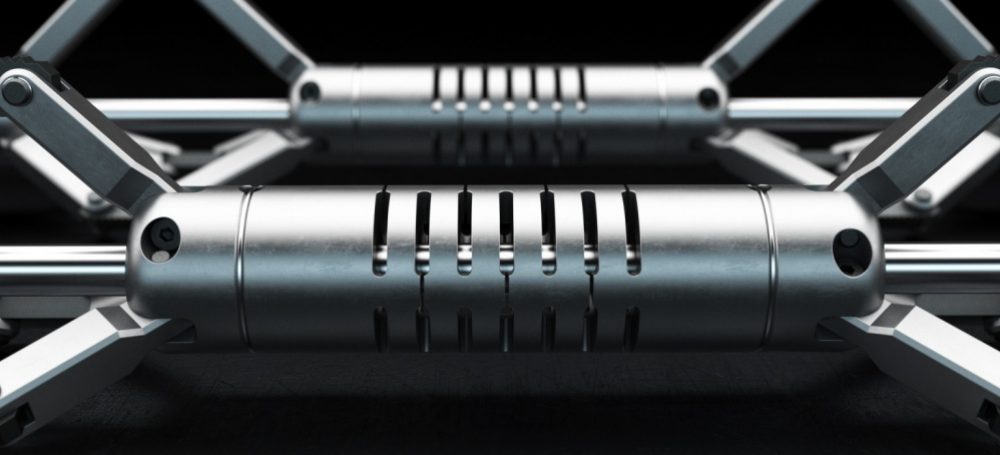Wireline
Wireline is the generic name relating to a well intervention method for conveying tools to and from the well bore. Wireline may be split into 3 sub sections namely Slick-line, Electric Line & Braided Line. Each 'service' has its own applications (and limitations) and is further described in the relevant web site sub sections.

Wireline enables many downhole operations to be conducted efficiently and cost effectively under 'live' well conditions. Improvements in manufacturing processes, maintenance and increasing diameters has ensured increased reliability and performance despite increasing well depths , temperatures and pressures in which the wireline has to work under.
Slickline
May be described as the 'workhorse' of well intervention, certainly the cheapest, is robust and relatively simple to conduct and operate. The key factor in slickline is that it can be performed under 'live' well conditions.
Equipment required to conduct slickline operations normally consist of:
- Alloy or Stainless Steel wireline (piano wire) normally sized 108" diameter or 0.125" diameter
- Winch unit capable of holding 25000ft of wire
- Diesel or Electric power pack
- Well Control Panel
- Pressure control Equipment comprising - Lubricator / Stuffing Box / BOPS / Riser
- Tool house holding downhole tools & running equipment
Slickline can be used to run, set and recover various tools, plugs, packers, valves to the well bore in order to perform:
- Repair work - change-out faulty safety valves / gas lift valves
- Surveillance - conduct pressure / temperature surveys, downhole camera diagnostics
- Isolation: Plug off water zones, hydrocarbon or gas zones, prepare well for workover
- Manipulation work: Open sliding sleeve assemblies, clear blockages, cut and remove wax build up
E-line
Most commonly used in well logging, perforating and well surveillance activities; real time data is obtained through the electric cable and provides accuracy of depth control and well information. E-line cable also provides a power conduit for deployment of tractors to obtain this data where tools have to access high angle wells. Additionally this power conduit allows manipulation of electrically operated tools downhole. Normally performed under 'live' well conditions.
The equipment required to conduct electric line operations consist of:
- Mono conductor cable which can be supplied from 7/32" - 7/16"
- Winch unit capable of holding up to 25,000ft of wire
- Diesel or Electric Powerpack
- Well Control Panel
- Grease injection pump unit
- Pressure control equipment comprising Lubricator / Grease injection head / BOPS /Riser
- Logging /Data centre for storing / analysing data during the operation (this unit may form part of the winch unit)
- Tool house holding logging tools and equipment
Electric line can be used for many applications but predominantly well logging activities such as:
- Cased Hole Logging - Production logging to determine zonal contributions, water or gas influxes, permeability and porosity measurement
- Open Hole Logging - Reservoir monitoring, Resistivity measurement, formation testing
- Perforating - casing and tubing perforation operations
- Explosive Devices - Setting packers, plugs and straddles
- Drilling Support Services - Explosive back off operations to free stuck drillpipe
Braided Line
Adapted as a form of "heavy duty" wireline service, braided cable can be used to deploy heavy toolstrings particularly in well fishing operations where large impact forces can be applied to stuck toolstrings, plugs or flow control devices.
The equipment used is the same as electric line operations, with cable size of 7/32” – 5/16”.
The main application for braided line operations include:
- Fishing - Where large impact forces are required to free stuck equipment
- Heavy Duty Operations - Deployment of large & heavy toolstrings or downhole equipment